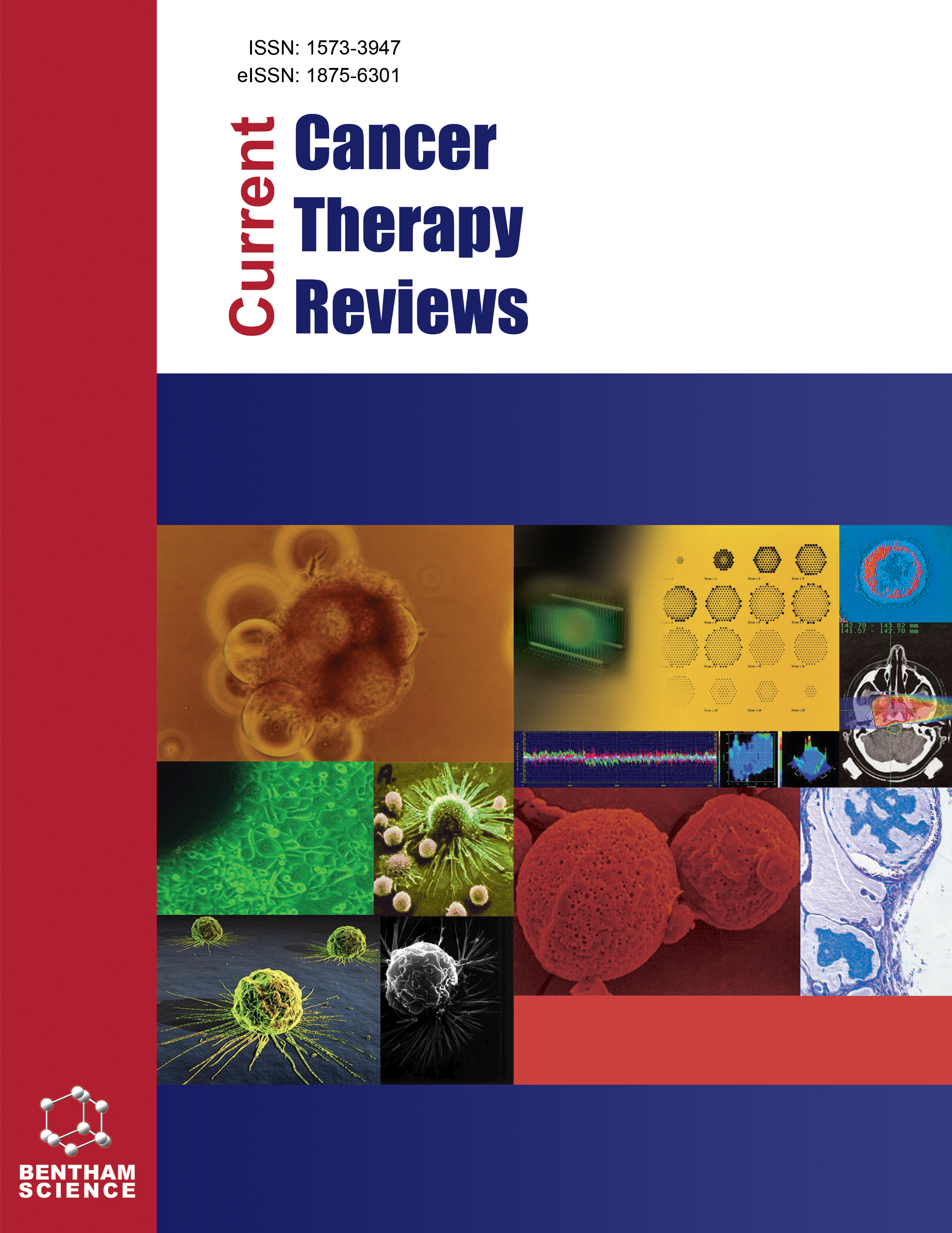
Full text loading...
Chemotherapy drugs are not fully selective for cancer cells - they can also destroy healthy cells. Recent advances in nanotechnology have offered hope to overcome this problem. Liposome carriers are widely studied for their use to deliver drugs and genes inside cancer cells. Gemini quaternary ammonium salts (QAS) show great application potential among lipid carriers. Structures made of Gemini surfactants are characterized by a lower critical micelle concentration (CMC) and higher effectiveness in lowering the surface tension compared to monomeric forms of this type of compound. Encapsulation of a drug or genetic material is one of the critical steps in the formation of liposomal carriers. This efficient process allows one to minimize the number of necessary liposomes capable of delivering a certain amount of active substance. Delivery of a liposome to a solid tumor depends on the physiological factors of the tumor - vascularity, lymphatic drainage, interstitial fluid pressure – and on the physicochemical properties of the carrier. Many nanoparticles for targeted drug delivery have been tested in animal studies but have not achieved satisfactory clinical success. Promising preclinical research results are not always reflected in the treatment of patients. Therefore, understanding the relationships governing the transport of the drug and the carrier to the cancer cell seems to be a key challenge in modern nanotechnology.

Article metrics loading...

Full text loading...
References


Data & Media loading...

